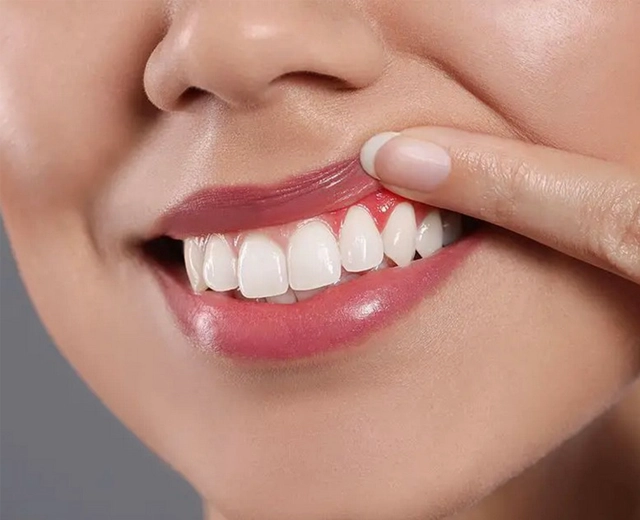
Prevent Tooth: Gum Care
What Causes Gum Disease?
Our mouths harbor millions of bacteria, some beneficial and others harmful. Bacteria produce plaque, a sticky substance that adheres to teeth. The goal of brushing and flossing is to eliminate plaque before it hardens into tartar, which creates an ideal environment for bacteria to thrive and release toxins into the gums.
The immune system triggers an inflammatory response in the gums upon exposure to this bacterial intrusion. At the base of each tooth, a small collar of gum tissue forms a crevice or pocket. This dark and warm environment provides an ideal location for bacteria and tartar to penetrate deeply and excrete toxins into the base of the collar.
Early inflammation results in bleeding gums, known as gingivitis. If left untreated, bacteria can successfully establish a chronic infection in the gum collar. In many cases, as bacteria burrow deeper into the gums, the bone around the teeth begins to deteriorate. While gums may be slightly tender at this stage, the loss of bone tissue results in minimal discomfort.
Looseness or pain only occurs after more than half of the bone around teeth has been dissolved. Loss of bone tissue is permanent, and controlling it becomes increasingly difficult as bacteria burrow deeper into the gums. In advanced cases, untreated gum disease can cause abscess and generalized tooth loss.
Diagnosis
Treatment
Upon establishing a diagnosis and defining the severity of gum disease, a personalized treatment plan can be meticulously developed with you. In milder forms with little or no bone loss, one or two visits with our hygiene team may effectively control the condition. When you leave our office with a comprehensive strategy for daily home care and maintenance, minimal additional treatment may be required.
However, if the inflammation has advanced with measurable bone loss, a proactive approach should be strongly considered in halting any further destruction. Oftentimes, we will suggest gentle numbing of your gums for your comfort during the deeper cleaning process. Meticulous cleaning above and below the gum line is performed, usually over several visits, as one area at a time undergoes cleaning. Hand and ultrasonic instruments are used to carefully clean out the infected collar or pocket around each tooth, including the mineralized tartar. Polishing of the teeth is performed to establish glassy surfaces that help repel stain and plaque accumulation, usually completing this initial therapy.
Dr. Sarah Behmanesh may suggest a medicated rinse, an electric toothbrush, a Waterpik, or other specific strategies to assist you with your ongoing efforts. It is essential to remember that gum disease can be controlled but not cured, and consistent daily efforts must be made to control the disease.
Maintenance Matters
Maintaining proper home care is crucial in stopping the advancement of gum disease. Bacteria can quickly repopulate and stick to your teeth within a few hours of cleaning. Plaque left unchecked can mineralize and harden within 24 hours. Deeper gum pockets require even more attention to prevent bacteria from causing further damage to your teeth’s foundation.
For those with gum pockets that are harder to reach, a customized maintenance schedule with us is essential. We can tailor plans to include two, three, or four visits a year depending on the severity of the disease and its response to treatment and home care.
If our combined efforts do not stop your gum disease, we will suggest a referral to a qualified periodontist, who has specialized training in many gum conditions and may recommend further treatment.
Research continues to show clear links between bacterial disease in your mouth and ailments in other parts of the body, such as heart disease, stroke, arthritis, Alzheimer’s, and certain types of cancers. Bleeding gums provide a direct pathway for bacterial disease to enter your bloodstream. In fact, if all the bleeding gums were to be connected, it would form a 2×2 inch square. Infected gums act as an open door to your body and is heavily laden with bacteria. This explains why researchers continue to find oral bacteria deposits in various parts of our bodies.
For individuals with diabetes and other autoimmune disorders, their body’s ability to fight infection is low, allowing uncontrolled gum disease to progress faster and wreak more havoc. Research also confirms that mouth inflammation can exacerbate diabetes, making it more challenging to manage. This dual chronic condition relationship emphasizes how crucial excellent oral health is.